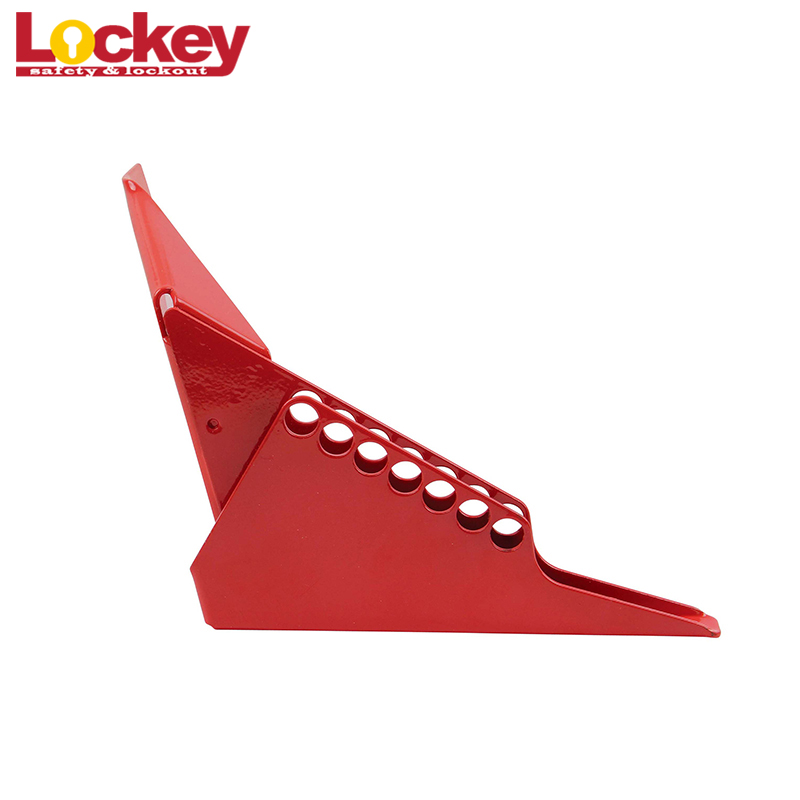Steel Ball Valve Lockout: Ensuring Safety and Compliance in Industrial Settings
Introduction:
In industrial settings, safety is of paramount importance. With numerous potential hazards, it is crucial to implement effective lockout/tagout procedures to prevent accidents and protect workers. One essential component of these procedures is the steel ball valve lockout. This article explores the significance of steel ball valve lockouts, their features, and the benefits they offer in ensuring safety and compliance.
Understanding Steel Ball Valve Lockouts:
A steel ball valve lockout is a device designed to immobilize and secure ball valves, preventing accidental or unauthorized operation. These lockouts are specifically engineered to fit over the valve handle, effectively blocking its movement. By doing so, they prevent the flow of hazardous substances, such as gases or liquids, and minimize the risk of potential accidents.
Features of Steel Ball Valve Lockouts:
1. Durable Construction: Steel ball valve lockouts are manufactured using high-quality materials, such as stainless steel or heavy-duty plastics, ensuring their longevity and reliability in demanding industrial environments.
2. Versatility: These lockouts are available in various sizes and designs, allowing them to accommodate different valve handle sizes and configurations. This versatility ensures compatibility with a wide range of ball valves commonly found in industrial settings.
3. Secure Locking Mechanism: Steel ball valve lockouts feature robust locking mechanisms, such as padlocks or lockout hasps, to prevent unauthorized access or tampering. This ensures that only authorized personnel can remove the lockout device, maintaining the integrity of the lockout/tagout procedure.
Benefits of Steel Ball Valve Lockouts:
1. Enhanced Safety: By immobilizing ball valves, steel ball valve lockouts significantly reduce the risk of accidental valve operation. This prevents the release of hazardous substances, potential equipment damage, and most importantly, protects workers from injury or exposure to dangerous materials.
2. Compliance with Regulations: Steel ball valve lockouts are designed to meet the requirements set forth by regulatory bodies, such as the Occupational Safety and Health Administration (OSHA). Implementing these lockouts ensures compliance with lockout/tagout regulations, avoiding penalties and legal consequences.
3. Ease of Use: Steel ball valve lockouts are user-friendly and can be easily installed by authorized personnel. Their intuitive design allows for quick and efficient lockout procedures, minimizing downtime and maximizing productivity.
4. Visible Identification: Many steel ball valve lockouts feature bright colors and prominent warning labels, making them easily identifiable. This visual indication serves as a clear warning to others that the valve is locked out and should not be operated, further enhancing safety measures.
Conclusion:
In industrial environments, the implementation of effective lockout/tagout procedures is crucial to ensure the safety of workers and comply with regulatory standards. Steel ball valve lockouts play a vital role in these procedures by immobilizing ball valves and preventing accidental or unauthorized operation. With their durable construction, versatility, and secure locking mechanisms, these lockouts provide enhanced safety, regulatory compliance, ease of use, and visible identification. By investing in steel ball valve lockouts, industries can create a safer work environment, protect their workforce, and mitigate potential risks associated with ball valve operation.
Post time: May-25-2024







